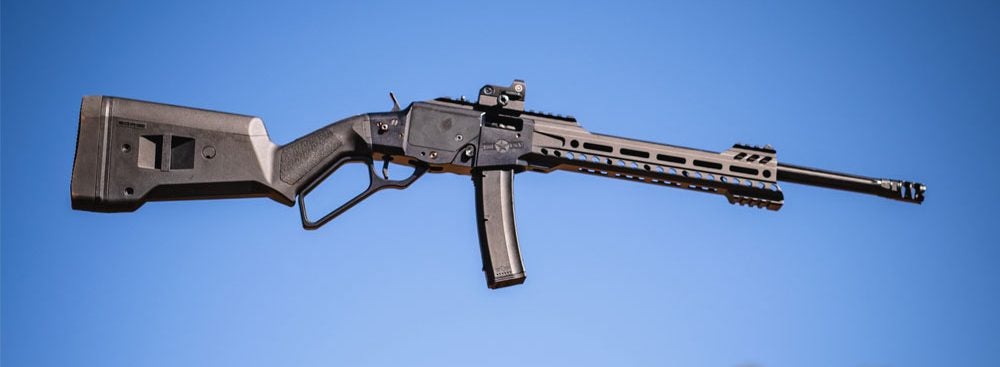Shipping Your Rifle Just Got A Little Harder
BY Herschel SmithBoth UPS and FedEx allow only FFLs, law enforcement agencies and specific governmental entities to ship and receive firearms of any type, for any reason. That means unless you happen to be an FFL, you’ll have to enlist the services of one to both send your rifle to a gunsmith or to a manufacturer for warranty repairs, or to receive your rifle from either. An added complication is that in order for FFLs to use UPS or FedEx for this purpose, they must first apply for and receive approval to be a firearm shipper from the company they want to use. As an FFL myself, I can attest that this process is neither simple nor a hoop that every FFL will choose to jump through. UPS takes it one step further by requiring that firearm parts only be shipped by FFLs as well. What constitutes a firearm part? According to the UPS representative who serviced my old account, UPS considers a firearm part to be “anything that would be assembled to make a gun or added to a gun,” such as magazines, small parts, aftermarket furniture or any other components.
Moving on to brighter skies, USPS appears to mirror federal guidelines when it comes to the shipping of rifles. “Publication 52” is the postal service’s main-source document for firearm-shipping rules. According to section 432.3, so long as the rifle is unloaded and all other laws (state, local, etc.) are in full compliance, a non-FFL may mail a rifle to another non-FFL within the sender’s state of residence. Outside of one’s state of residence, it may be mailed to an FFL or to yourself (in care of someone else), in advance of your arrival at the destination address. Specific rules are outlined for each of these situations, so check local, state and USPS regulations before shipping that family heirloom off into the wild blue yonder, whether for repair or use in a different state.
USPS regulations are elusive on the topic of FFLs returning firearms to their lawful owners. However, “27 CFR § 478.148” states that an FFL may return a firearm (or like replacement) to its owner across state lines. There are no restrictions on shipping firearm components and parts through USPS, except that receivers and frames that ATF classifies as firearms must be shipped as firearms.
[ … ]
USPS requires that you declare the firearm and certify that it is unloaded before handing your package over to them. At no time may ammunition be shipped with a firearm (regardless of shipping method). You may be required to show a copy of the receiving FFL’s license and include a copy of your driver’s license with the firearm as well. A note for the receiving party is always a good idea. One of my outgoing rifle shipments, also last year, arrived at the receiving end completely out of the box. In fact, there was no box at all, just a rifle in a case. Thankfully, the paperwork was also in the case, so the receiving gun shop had sufficient information to be able to contact me for guidance.
Even though long-gun shipping has become more complicated in recent months, it’s still not overly difficult. By following the relevant laws and shippers’ rules, you can get your rifle where it needs to be without much fanfare.
I think the bottom line is that we’re probably going to have to either [a] drive it to where it needs to go, or [b] go through an FFL. FFLs know it’s necessary to ask them for this service, so they charge for it. I don’t blame them – the FFL costs money to maintain.
The murky thing is “firearm parts.” Thus far I haven’t had any problems ordering things like ammunition, charging handles, BCGs, etc., and I’ve received barrels in the mail before.
But you can count on the federal code making things as difficult as possible.




